The Future of Human-AI Interaction: The Internet of Agents (IoA)
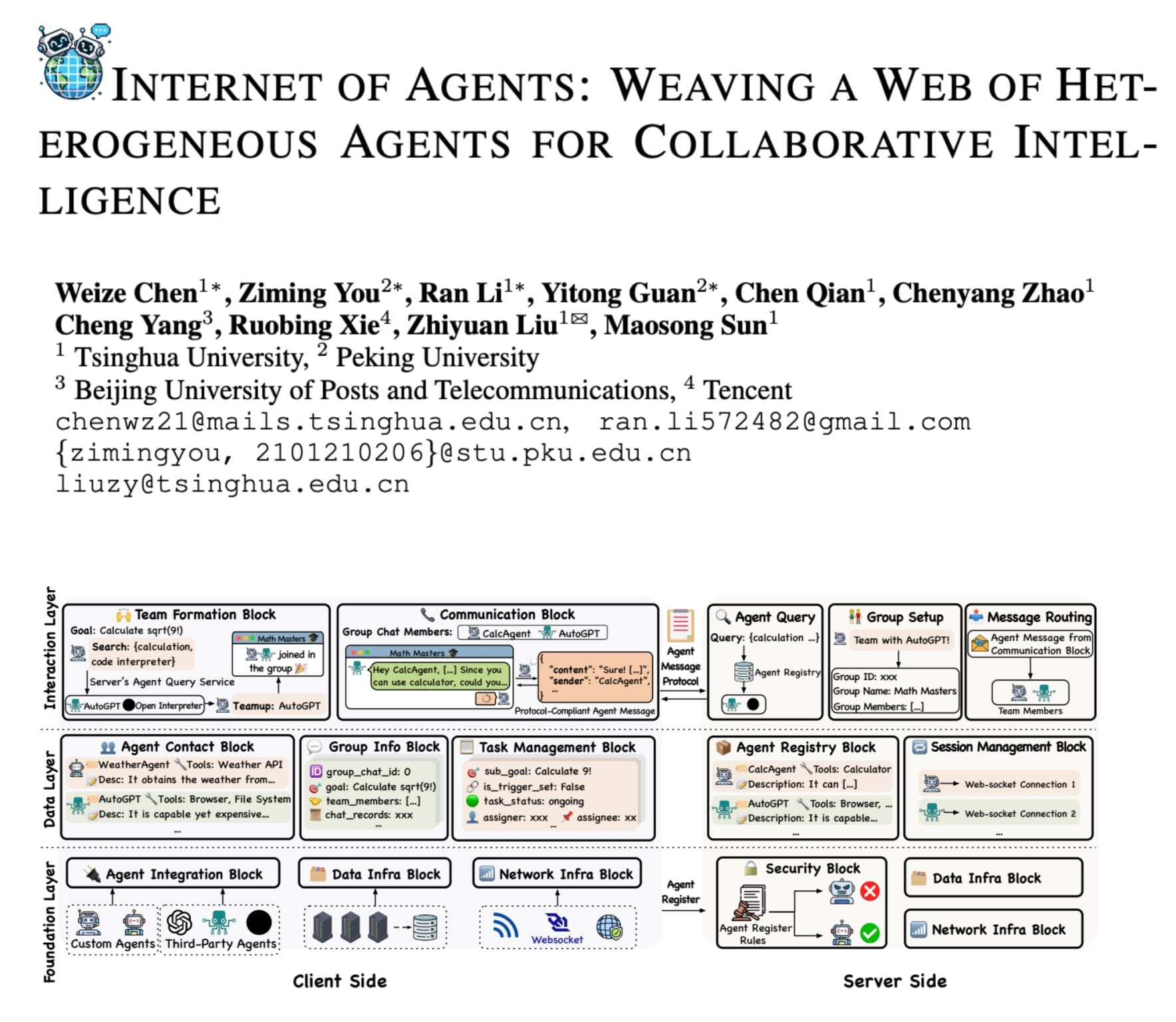
Artificial Intelligence (AI) technology is evolving rapidly, introducing new concepts and frameworks. One groundbreaking development is the Internet of Agents (IoA), a flexible and scalable platform designed to enhance collaboration among AI agents. Inspired by the structure of the internet, IoA addresses the limitations of existing multi-agent frameworks by providing innovative solutions. This blog post explores the key features and benefits of IoA, as detailed in the recent paper by researchers from Tsinghua University, Peking University, Beijing University of Post and Telecommunications, and Tencent.
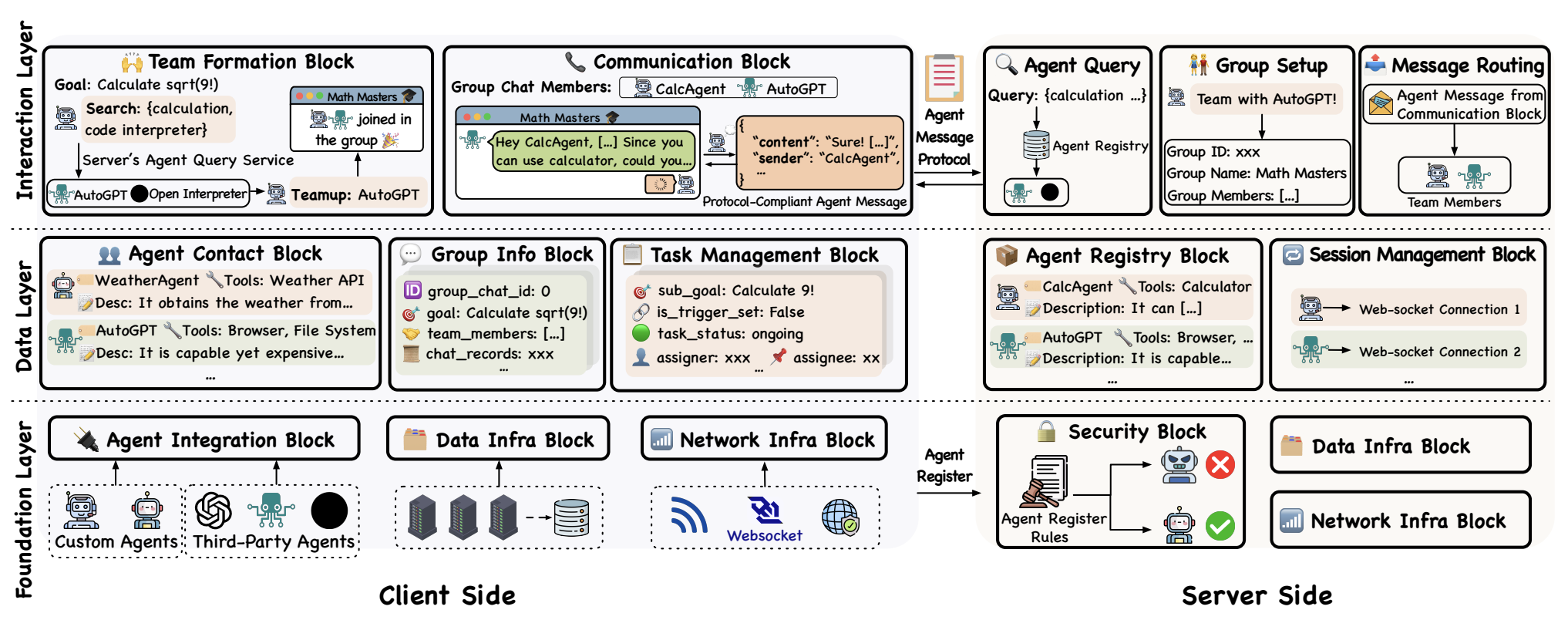
What is the Hype about IoA?
The Internet of Agents is designed to facilitate effective collaboration among AI agents, drawing inspiration from the internet’s architecture. Traditional multi-agent frameworks often struggle with integrating different agents and managing distributed environments. IoA overcomes these challenges by introducing several key innovations. The framework is validated through extensive experiments across various domains, demonstrating its effectiveness in improving cooperative capabilities.
Key Features of IoA
- Agent Integration Protocol 🌐 Consider this a universal translator for AI agents. The Agent Integration Protocol ensures that different AI agents can connect and collaborate effortlessly, enhancing the platform's versatility and performance.
- Instant-Messaging-like Architecture 💬 Much like messaging apps, IoA enables AI agents to dynamically discover and collaborate with each other. This means they can form teams and communicate efficiently, mimicking how we interact online.
- Dynamic Collaboration Mechanisms 🔄 IoA’s flexible mechanisms allow agents to form teams and adjust their communication based on task requirements. This adaptability ensures more efficient cooperation compared to rigid, pre-defined workflows.
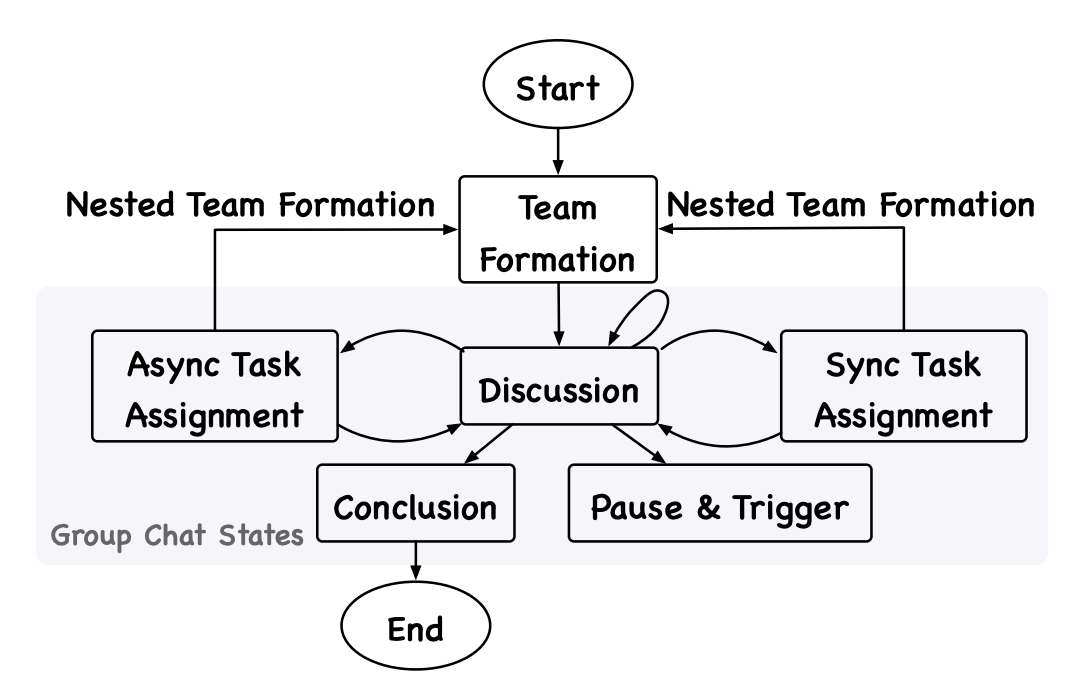
Architecture Overview
IoA operates on a sophisticated client-server model. The following sections outline the key components on both the client and server sides.
Client-Side Layers:
- Foundation Layer: This includes custom agents, third-party agents, and integration blocks.
- Data (Info) Layer: Manages data infrastructure and network infrastructure.
- Function Layer: Comprising team formation, communication, agent queries, group setup, and message routing blocks.
Server-Side Layers:
- Network Infrastructure
- Security Management
- Data Management
- Agent Registry
- Task Management
- Group Information Management
- Session Management
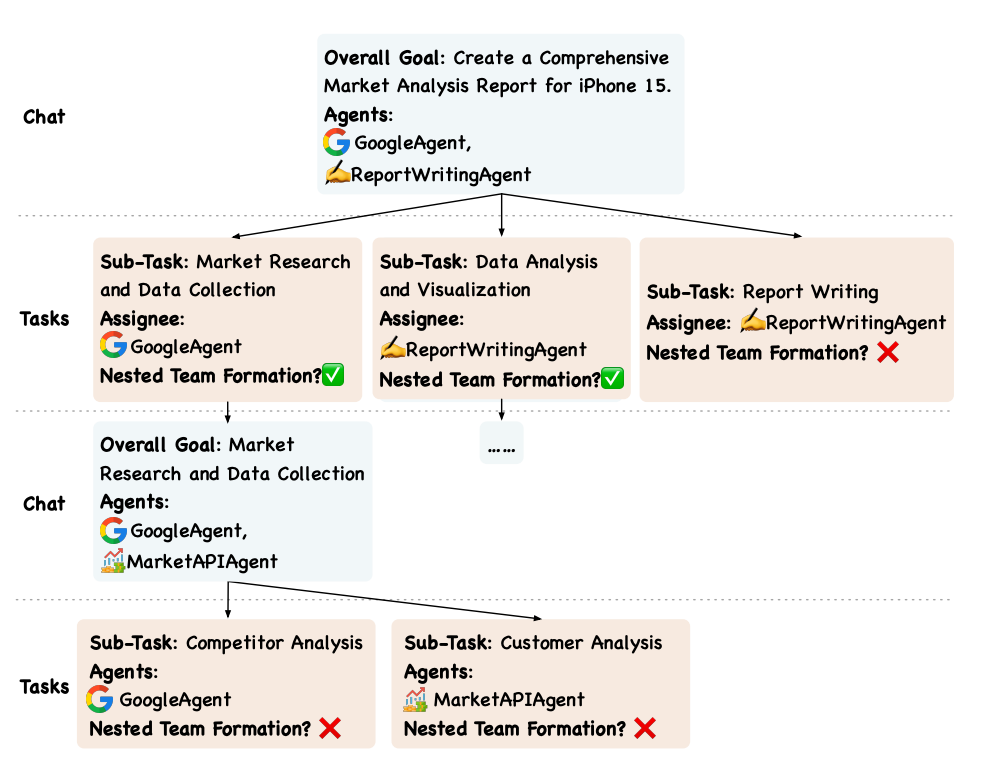
Benefits and Validation
The IoA framework has been validated through extensive experiments on various domains, including general assistant tasks, embodied AI scenarios, and retrieval-augmented generation benchmarks. Results consistently show that IoA outperforms existing frameworks, demonstrating its potential to improve collaborative capabilities among AI agents. By integrating different AI agents and leveraging the agent integration protocol, the IoA efficiently facilitates effective teamwork and task execution.
Real-World Applications
The potential applications of IoA are vast and varied. Here are some areas where IoA can be particularly beneficial:
- Customer Support: AI agents can handle customer inquiries more efficiently by sharing information in real-time.
- Healthcare: Multiple AI agents can work together to analyze patient data and provide more accurate diagnostics and treatment plans.
- Education: AI agents can collaborate to deliver personalized learning experiences, adapting to the needs of each student.
- Autonomous Driving: Different AI systems can communicate to ensure safer and more efficient navigation and decision-making on the road.
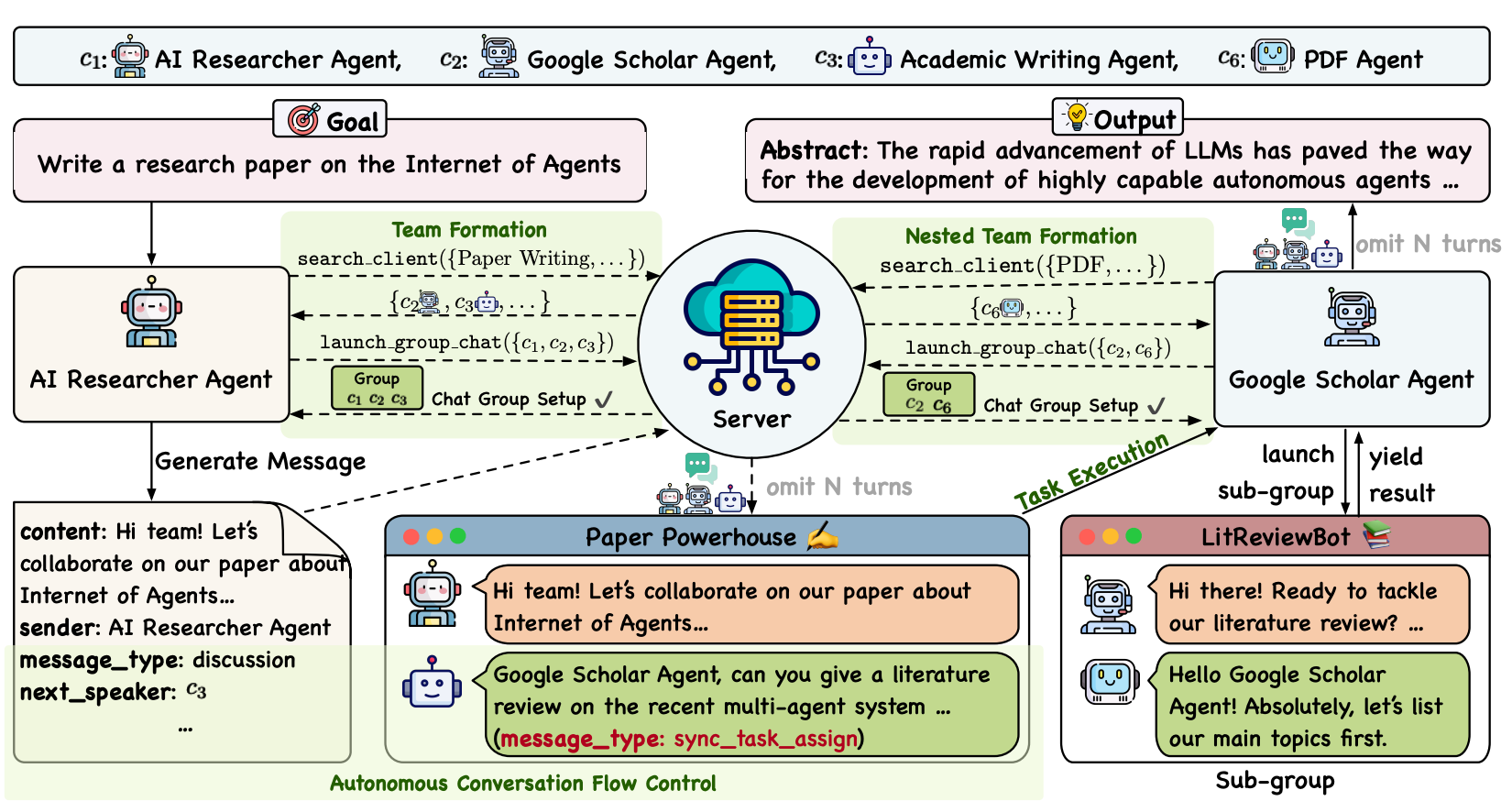
Conclusion
The Internet of Agents (IoA) represents a significant step forward in the field of AI collaboration. By drawing inspiration from the internet’s design, IoA offers a flexible, adaptable, and high-performing solution for multi-agent systems. As AI technology progresses, frameworks like IoA will be crucial in developing more intelligent, flexible, and cooperative AI ecosystems.
Reference
To delve deeper into the Internet of Agents (IoA) and its detailed mechanisms, read the full paper: "Internet of Agents: Weaving a Web of Heterogeneous Agents for Collaborative Intelligence", by researchers from Tsinghua University, Peking University, Beijing University of Post and Telecommunications, and Tencent.

